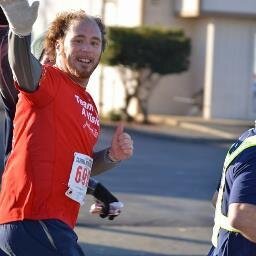Comment Letter: A proposal for the Massachusetts Avenue Bridge

September 19, 2016
Mayor Martin Walsh, Boston
Mayor Denise Simmons, Cambridge
Stephanie Pollack, Massachusetts Secretary of Transportation
Tom Tinlin, Massachusetts Highway Administrator
Leo Roy, Massachusetts Commissioner, Department of Conservation and Recreation
Monica Bharel, Massachusetts Commissioner, Department of Public Health
Re: A proposal for the Massachusetts Avenue Bridge
Dear Friends:
Boston and Cambridge have declared themselves Vision Zero cities. The Healthy Transportation Compact has united our state agencies in concerted efforts to increase active transportation and improve safety for walking and bicycling.
DCR is on track to add a new Charlesgate Path and a signalized pedestrian/bike crossing of the Mass Ave Bridge to connect the Esplanade with the Back Bay/Kenmore neighborhoods (the crosswalk will be located where the Mass Ave. Bridge crosses the open space between inbound and outbound Storrow Drive). The new Charlesgate path, and the enhanced connection between the Esplanade and Charlesgate via the new crosswalk will generate significant new use by people walking and biking.
These are wonderful developments for people from across Massachusetts and the world who commute, amble and sightsee on the Esplanade, along Memorial Drive, and across the Massachusetts Avenue Bridge! And, they are all leading to more people on foot and bike on the bridge.
As we see the increase in people walking and biking, the lack of safe biking accommodation on the Mass Ave Bridge is leading to large numbers of bicycles on the sidewalks of the Bridge – an unsafe and uncomfortable situation.
We ask that MassDOT, DCR, Boston and Cambridge explore the re-purposing one of the outbound Mass Ave Bridge vehicle travel lanes to provide space for a protected bike lane on each side of the bridge, with access provided from the Esplanade and Charlesgate paths that will connect to the Bridge.
Based on a very preliminary look at the traffic volumes and lane use on the Bridge, we believe that improving the network by adding low-stress, protected bicycle lanes could be accomplished without significant impacts to vehicle operations. Providing protected bike lanes will both improve the safety of people on bikes and improve the safety of pedestrians by removing bicycles from the Bridge sidewalks.
We look forward to working with you and your staff to explore this suggestion.
Best regards,
Wendy Landman, Executive Director, WalkBoston
Tani Marinovich, Executive Director, The Esplanade Association
Cc Senator Will Brownsberger
Senator Joseph A. Boncore
Representative Jay Livingstone
Chris Osgood, Chief of Streets, City of Boston
Gina Fiandaca, Boston Commissioner of Transportation
Joe Barr, Director of Traffic, Parking, and Transportation, City of Cambridge
Becca Wolfson, Executive Director, Boston Cyclists Union
Stacy Thompson, Executive Director, LivableStreets Alliance
Richard Fries, Executive Director, MassBike
Herb Nolan, Solomon Fund
Renata von Tscharner, Charles River Conservancy
Peter Furth, Northeastern University
Suzanne Walmsley, Boston Athletic Association

